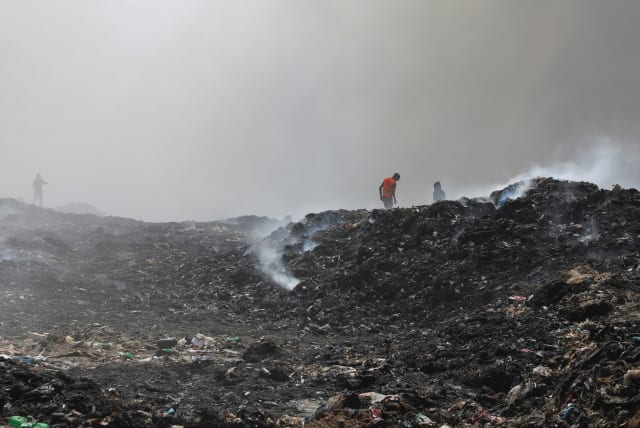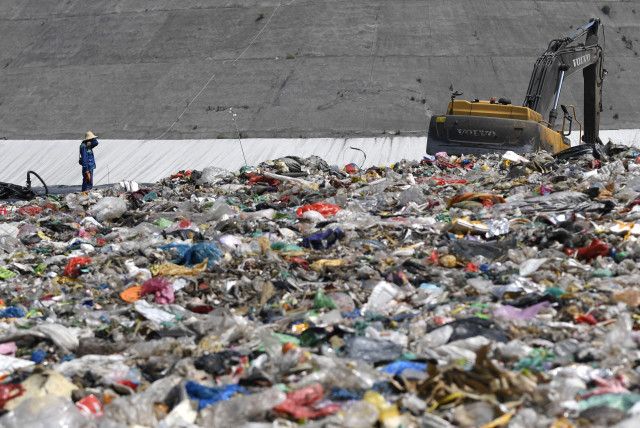Aerial surveys show US landfills are major source of methane emissions

Study finds over half of US landfills are super-emitting methane sources, suggesting targeted action for climate change mitigation.
According to a new study in the journal Science published on Thursday, over half of US landfills observed by aerial surveys are super-emitting sources of methane. The study is the largest assessment of methane from landfills, the third-largest source of US methane emissions. It suggests an opportunity to tackle climate change by targeting a prevalent and potent greenhouse gas.
It was led by the research group Carbon Mapper, which included researchers from NASA Jet Propulsion Laboratory, Arizona State University, the University of Arizona, Scientific Aviation, and the Environmental Protection Agency.
Around 52% of landfills had observable methane emission point sources compared to the 0.2% to 1% of "super-emitter" sites in the oil and gas sector, the largest US source of methane.
According to the EPA, super emitters are sources that spew at least 100 kilograms (100 lbs) of methane per hour. At large emitting landfills, 60% had methane leaks that persisted over months or years, while most leaks at super-emitting sites in the oil and gas sector were "short-duration events," the study said.
Studying landfill methane emission levels
Dan Cusworth, a scientist at Carbon Mapper and the study's lead author said pinpointing these leaks offers a quick way to target emissions. He said in a statement, “Addressing these high methane sources and mitigating persistent landfill emissions offers a strong potential for climate benefit.”
So far, oil and gas have been the main targets of emerging regulations and voluntary programs in the United States, Europe, and elsewhere. However, as more aerial and satellite surveys are launched, regulators can measure, quantify, and act on methane from landfills.
To date, companies and regulators have relied on model-based estimates of landfill emissions and surveys with handheld methane sensors, which provide a less complete picture, the study said.
According to the study, the EPA's own greenhouse gas reporting system has underestimated the scale of methane leaks in landfills. Aerial surveys showed emission rates were 1.4 times higher than the EPA's estimates. The EPA said that in 2021, 12% of all US greenhouse gas emissions from human activities came from methane.
Jerusalem Post Store
`; document.getElementById("linkPremium").innerHTML = cont; var divWithLink = document.getElementById("premium-link"); if (divWithLink !== null && divWithLink !== 'undefined') { divWithLink.style.border = "solid 1px #cb0f3e"; divWithLink.style.textAlign = "center"; divWithLink.style.marginBottom = "15px"; divWithLink.style.marginTop = "15px"; divWithLink.style.width = "100%"; divWithLink.style.backgroundColor = "#122952"; divWithLink.style.color = "#ffffff"; divWithLink.style.lineHeight = "1.5"; } } (function (v, i) { });

